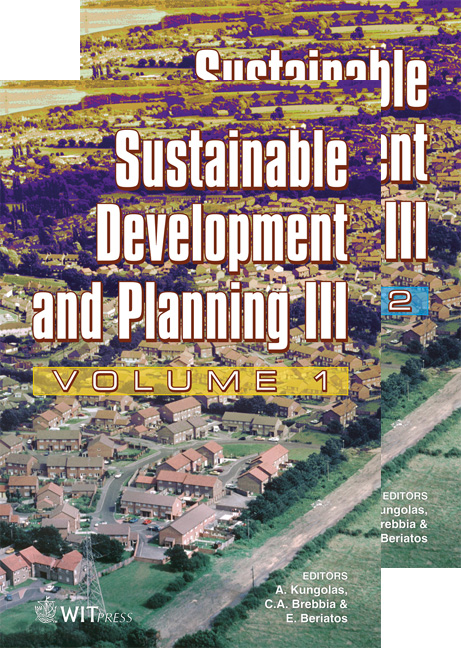Old Pollution Abatement: Priority Setting
Price
Free (open access)
Transaction
Volume
102
Pages
8
Published
2007
Size
344 kb
Paper DOI
10.2495/SDP070431
Copyright
WIT Press
Author(s)
J. Tylcer, L. Zenaty, J. Gruntorad & R. Pavlik
Abstract
For old soil and groundwater pollution from the past, a ‘polluter-pays’ principle is not so simple to apply. Generally, a large-scale involvement of public financial sources is inevitable. Experience has proved that an appropriate information base and prioritisation are important conditions for effective allocation of effort and money for these purposes. Presently, a new national priority setting system is being tested in the Czech Republic. It sorts all polluted sites into several basic categories according to the statement specifying a character of the actual or potential pollution impact to public health, environment and/or to other interests. For each category, a corresponding principle of necessary or desirable action for mitigation of the risk issuing from the site pollution is explicitly defined. A basic qualitative statement characterizing a site pollution impact is preferentially based on results of its risk analysis. A simple scoring system is used to assess urgency for investigation of sites with lacking or insufficient data. Keywords: soil and groundwater pollution, old pollution, pollution impact, remedial action, priority setting. 1 Introduction Care of soil and groundwater quality is one of important sustainable development pre-conditions. As for new pollution, a ‘polluter-pays’ principle presents an appropriate and effective tool for protection enforcement. But old pollution from the past represents a more complex problem, requiring a different approach. It applies especially for post-communist countries where all industrial enterprises were owned solely by the state for many decades.
Keywords
soil and groundwater pollution, old pollution, pollution impact, remedial action, priority setting.





